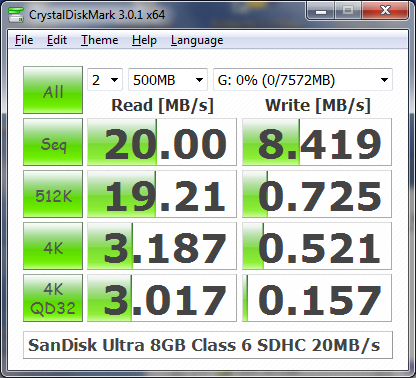
OK, first, the raspberry pi arrived, so that took me some time to get up and running. Then there was the Barcelona thing, and after that, work started again. In the meantime, I found out that A) a Pandaboard ES as mediaplayer doesn't work well (yet) and B) it would make a great home server instead.
So, after trying various versions of Linaro + XBMC, and never being really happy with it (stuttering video, crashes, random freezes, unable to reboot properly half of the time, etc), I decided to go for Ubuntu 12.04, add a Western Digital USB powered 1 TB disk and make a home server out of it. This works brilliantly, and is now serving media to my WD TV Live. It can do it via minidlna (the crappy way, including subtitles that go missing, and playlists with empty lines in them that minidlna can't handle) or via smb shares (reasonably OK). It's also acting as subversion server, and I can dabble a bit with nginx and PHP5. All data from the NTFS formatted WD dive gets rsync-ed once in a while to a second 1TB WD backup drive. See the homeservers page for more.
I'm upgrading today to a 16GB card, by making an image of the current SD card, writing that onto the new one, and expanding the filesystem to occupy the full 16 GB. This card should even be slightly faster.

Interesting thing is that the store had the exact same SanDisk card with 2 different labels side by side, one saying "20 MB/s", the other "30 MB/s". So I picked the second one of course. But the above test says it's just 20 MB/s anyhow. Probably SanDisk being a bit too optimistic...
Turns out I didn't have the other stuff lying around, so I went out and bought a DC power supply (5V, 4A), HDMI cable, cat 5e patch cable, 8GB SD card and an AC Ryan wireless mini keyboard which feels a bit flimsy/crappy after unpacking, and I can't find the thing on their website so they must feel the same way about it.
Tested the keyboard in Ubuntu 12.04 (can't remember this version's nickname: pudgy piglet? happy hardon? horny homunculus? whatever) -- plugged the USB RF receiver in a USB port and it worked like a breeze.
The SD card should have been a nice and shiny 16 GB class 4 SanDisk, as those have the best random read/write speeds, but it turns out that no store has those (and I didn't want to go for microSD). It's all class 10 cards, optimized for sequential reads and writes. Wonder why that might be, and why they put them in the racks next to the digital cameras... Anyhow, turns out this card isn't that bad when benchmarking it with CrystalDiskMark 3.0.1c.

Next, I put Linaro 12.06 on the SD card, which took me numerous tries, as it didn't immediately occur to me that "/dev/sdb1" IS NOT THE SAME AS "/dev/sdb" (grmbl...). After that, I used GParted to extend the partition containing the root filesystem into all of the remaining space of the SD card.
Now wait for the Panda...
Lately some kind of "need" for a PandaBoard has crept into my system. My current mediaplayer (an ancient WD TV HD, not particularly good at playing media) has gone out of balance: it causes more pain than pleasure. The PandaBoard ES running XBMC on Linux should be more than capable of playing everything (only legally downloaded stuff, mind you!), while keeping power consumption, heat and noise production low.
Because I wanted the thing NOW, instead of "within several weeks" (grmbl, I'm looking at you, Raspberry Pi!), I checked out the list of suppliers and found out that tigal.com had several in stock. They ship from within the EU, so it should only take a few days before it gets delivered. I've ordered the bare board and a white housing, and figured I would have the other required stuff (power adapter, HDMI cable, SD card, etc.) lying around somewhere anyhow.
Last modified: 2012/07/10 by JGS